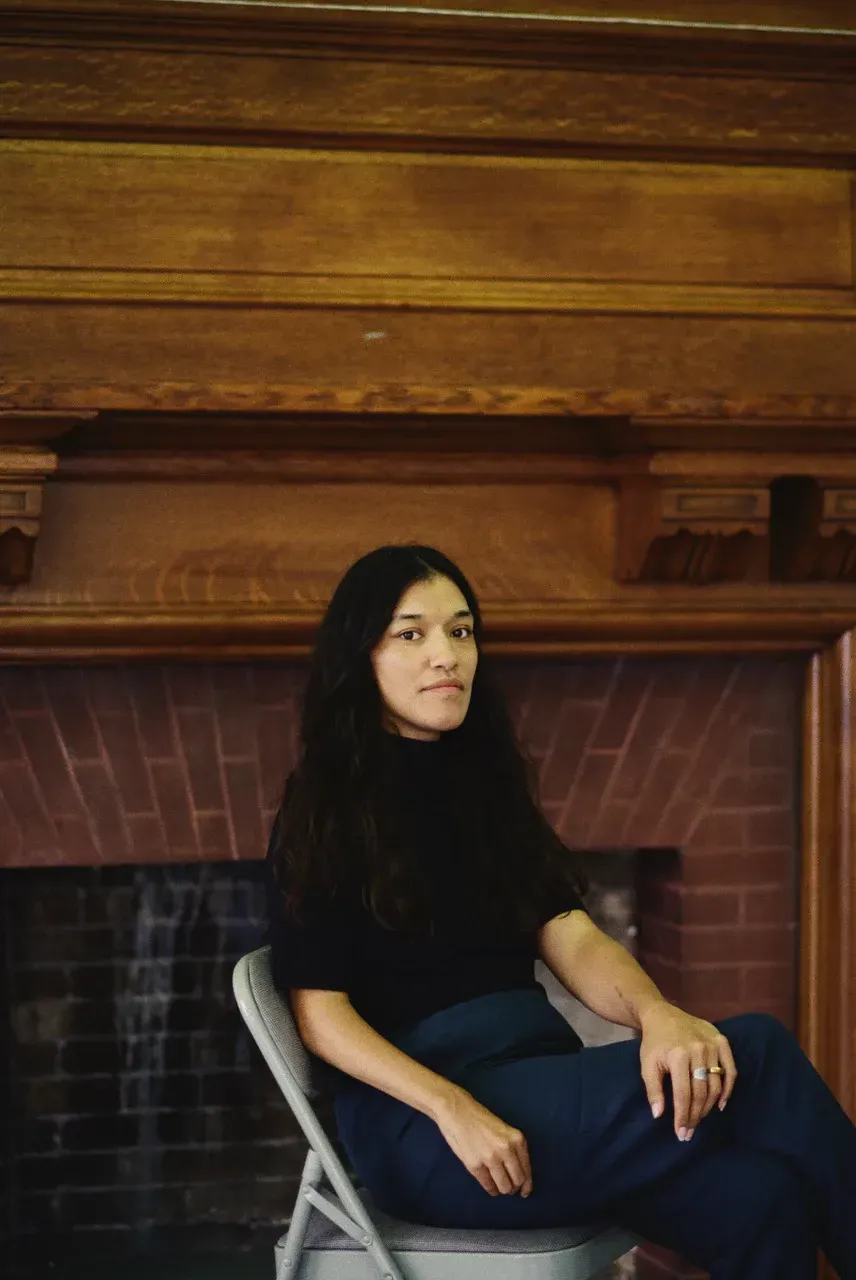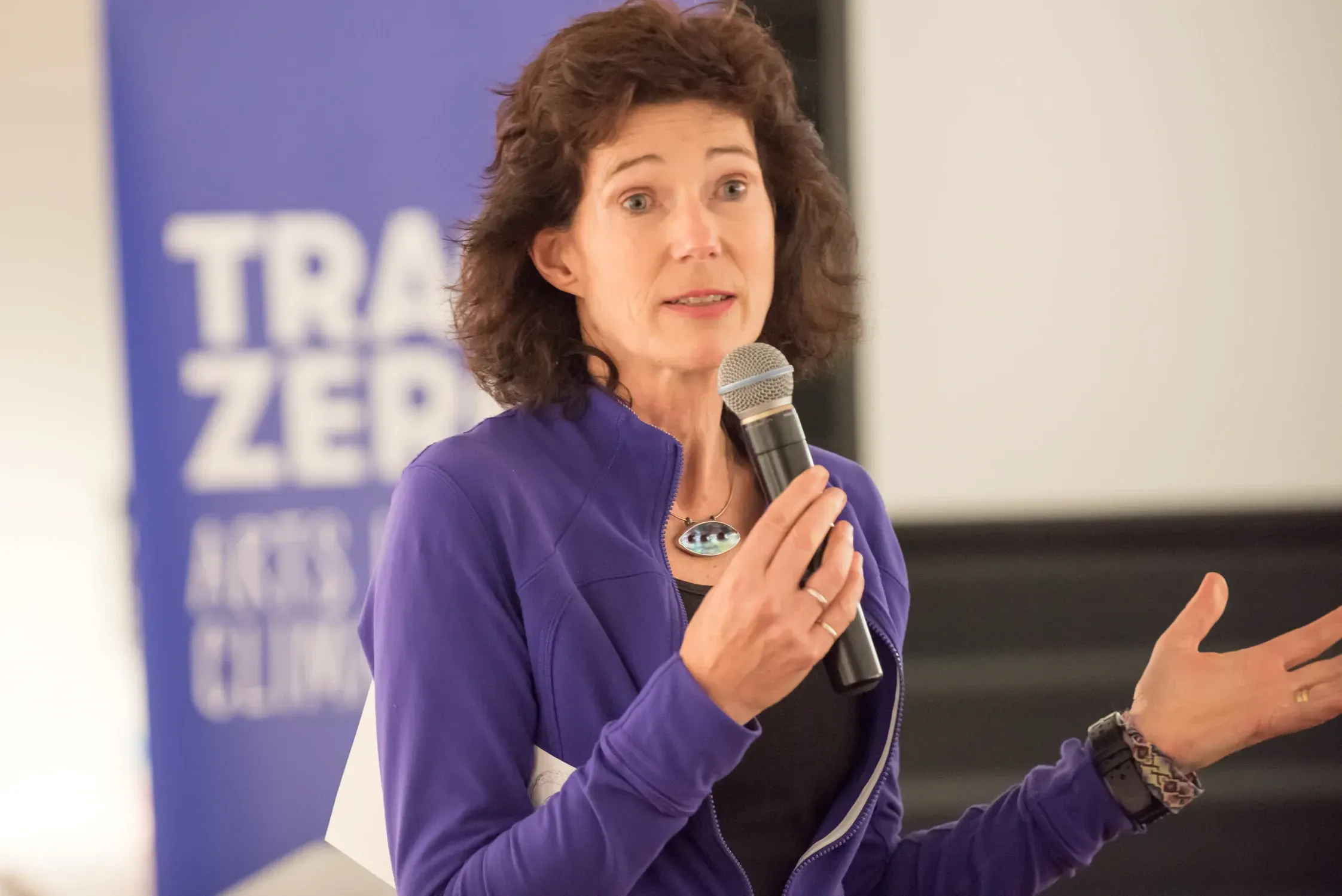Make Change More than a Catchphrase
Written by

We were doing so well.
During 102 days without community transmission of Covid-19 in Aotearoa, New Zealanders burst their bubbles enthusiastically. Loved ones were hugged. Dining out seemed almost de rigueur. Live music, theatre and galleries were buzzing.
For those 102 days, life was almost back to normal.
If you’ve been following the PANNZ hui since April, cautioning against a return to normalcy and the status quo has been a common theme of many of them.
After 102 days of relative freedom and now finding ourselves waiting out varying levels of restrictions around the nation, the ninth PANNZ hui was an opportunity to reflect on what happened during those halcyon days. To truly question whether or not the vital conversations and ideas that were shared across these hui had an impact on people's actions. In short, is a desire for change enough to affect real change?
To tackle this quandary were some whip-smart panellists; Pelenakeke Brown, a Samoan/Pakeha interdisciplinary disabled artist who has recently returned home after a successful career in New York and London. Currently, she is the first-ever disabled artist to be the Acting Artistic Director of Touch Compass in its 24-year history. She was joined by writer, director and dramaturge Dione Joseph, the founder of Black Creatives Aotearoa and co-founder of JK Productions: He Kōrero Ngā Tahi. Rounding off the panellists was Sarah Meads, a former Senior Policy Advisor to Oxfam New Zealand and the founder of Track Zero - a charity that works with arts, science and other sectors to tell the story of climate change in an engaging way. By working creatively and collaboratively across multiple sectors, Track Zero hopes to inspire meaningful action against climate change.
Exploring new kaupapa
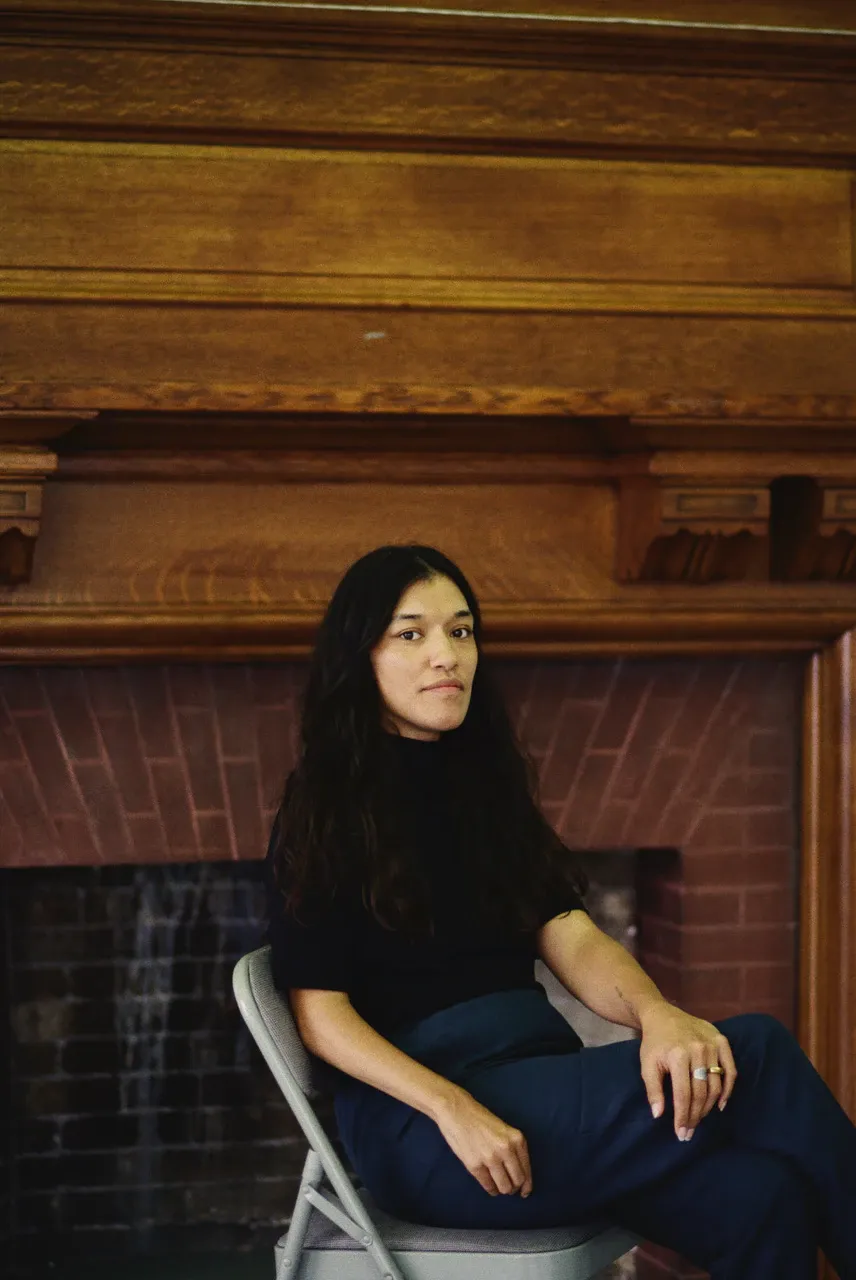
Pelenakeke Brown. Photo: Laura Hertzel.
When Trump closed the borders of the United States to keep the spectre of COVID-19 at bay, Brown found herself stranded in London. Eventually, she made the decision to return to Aotearoa and take up her current position.
“During lockdown, I’ve been thinking about how we live and breathe the kaupapa [of actual change],'' says Brown. “It was actually one of the reasons why I accepted [the Touch Compass] role. I wanted to see that change happen and I felt in these times of crisis, having a disabled Person of Colour in a leadership position would mean a lot.”
With Brown at the helm, Touch Compass has been exploring new kaupapa. “How do we embed disability concepts into an artistic direction and organisation?” she questions. “There are a lot of similar concepts in my own artistic practice - thinking about what it means to be disabled, the aesthetics of disability. How [disabled people] move and communicate and how to embed it into new kaupapa.”
For Brown, an example of how disability concepts could become embedded include Alison Kaper’s idea of “Criptime.” “Crip is a slur that has been reclaimed by the sector,” explains Brown. “Criptime is how disabled people need more time to move around than a capitalist world full of deadlines usually allows them. [The question is] how do we embed Criptime into an organisation? It’s great to have a kaupapa [like Criptime] but in the [arts] industry, it’s hard to live and breathe it - there are all sorts of different hierarchies at odds with time and creative processes, which can make it a challenge to achieve what you want to achieve sometimes. [Especially] when we don’t know when we are going to be able to do what we want - putting on performances - because of COVID.”
Do difference differently
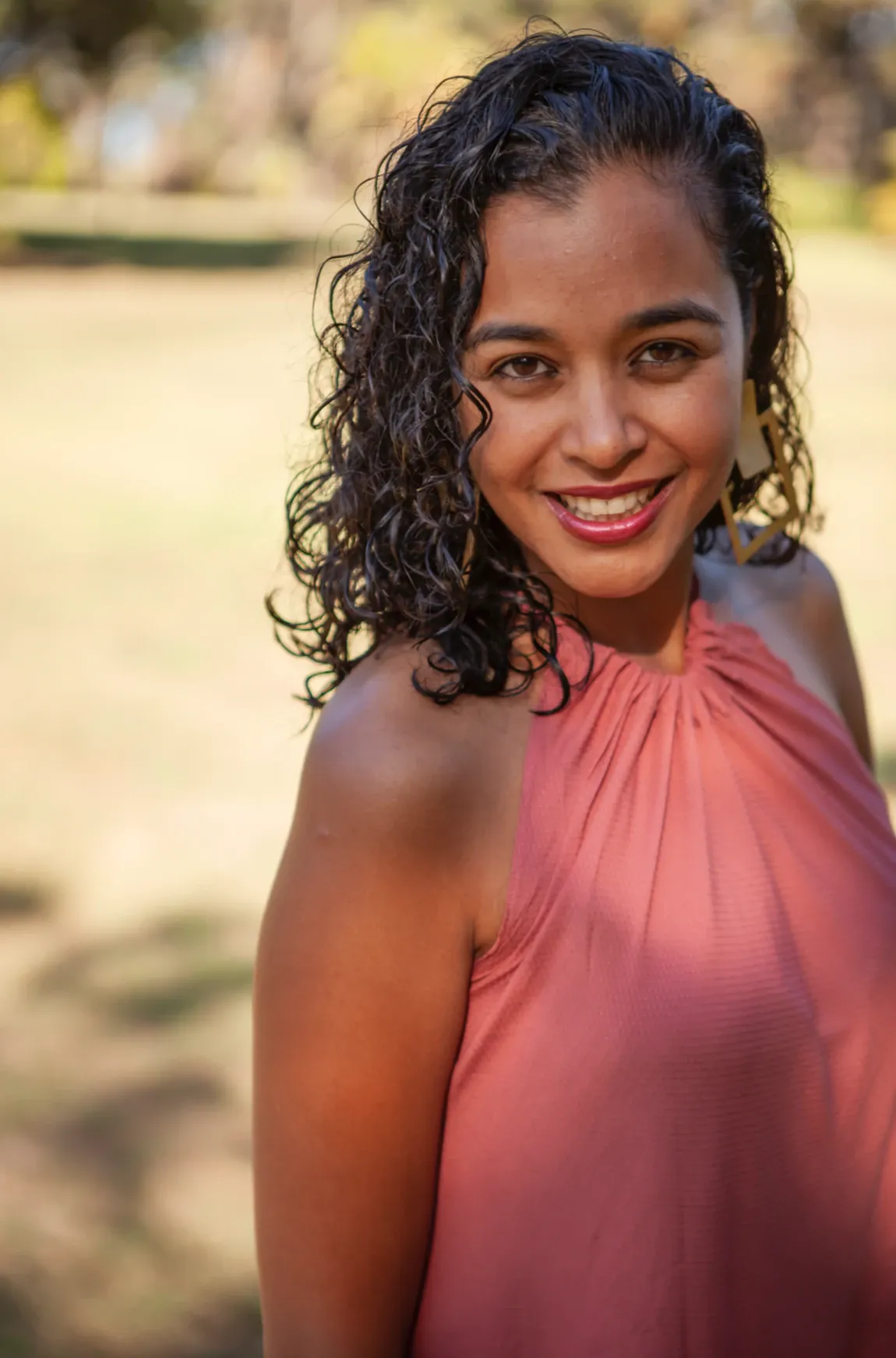
Dione Joseph.
Joseph believes that we cannot go back to “back to normal” - nor is it viable. She calls on everyone to challenge the system while also facing and examining their own conditioning.
“Desire for change is not enough,” she says. “Desire without motivation and commitment is not enough. Action is not enough.
“What is important is the motivation to keep change sustainable and consistent. Because if [the arts sector] doesn’t have sustainable careers our mental health and spiritual wellbeing is at stake.”
Joseph continues, “one of the things I’ve been teaching my tamariki is learning how to unlearn. It's something that comes up in their school quite a lot - they haven’t been given the skills to unlearn and learn how to ask different questions and do difference differently.
“It’s really important [that they learn that] because the skills that are being imparted continue to be part of an inherited institutionalised system,” says Joseph. “While on the surface they hold Māori kaupapa really close, the school and teachers still face a number of challenges. How can we support schools to enable students to question systems while also taking part in a system that doesn't always serve and doesn't always set our tamariki for the kind of success that is truly valuable to People of Colour?” she questions.
“Black success does not simply look at monetary value,” says Joseph. “It looks at success in terms of spiritual health, community engagement and strong family support. [Success means] not necessarily leaving behind a financial legacy, but a legacy that the world has changed for the better. I tell my tamariki, ‘don’t tell me what you want to be when you grow up, tell me how you want to change the world’.”
Make the connection count
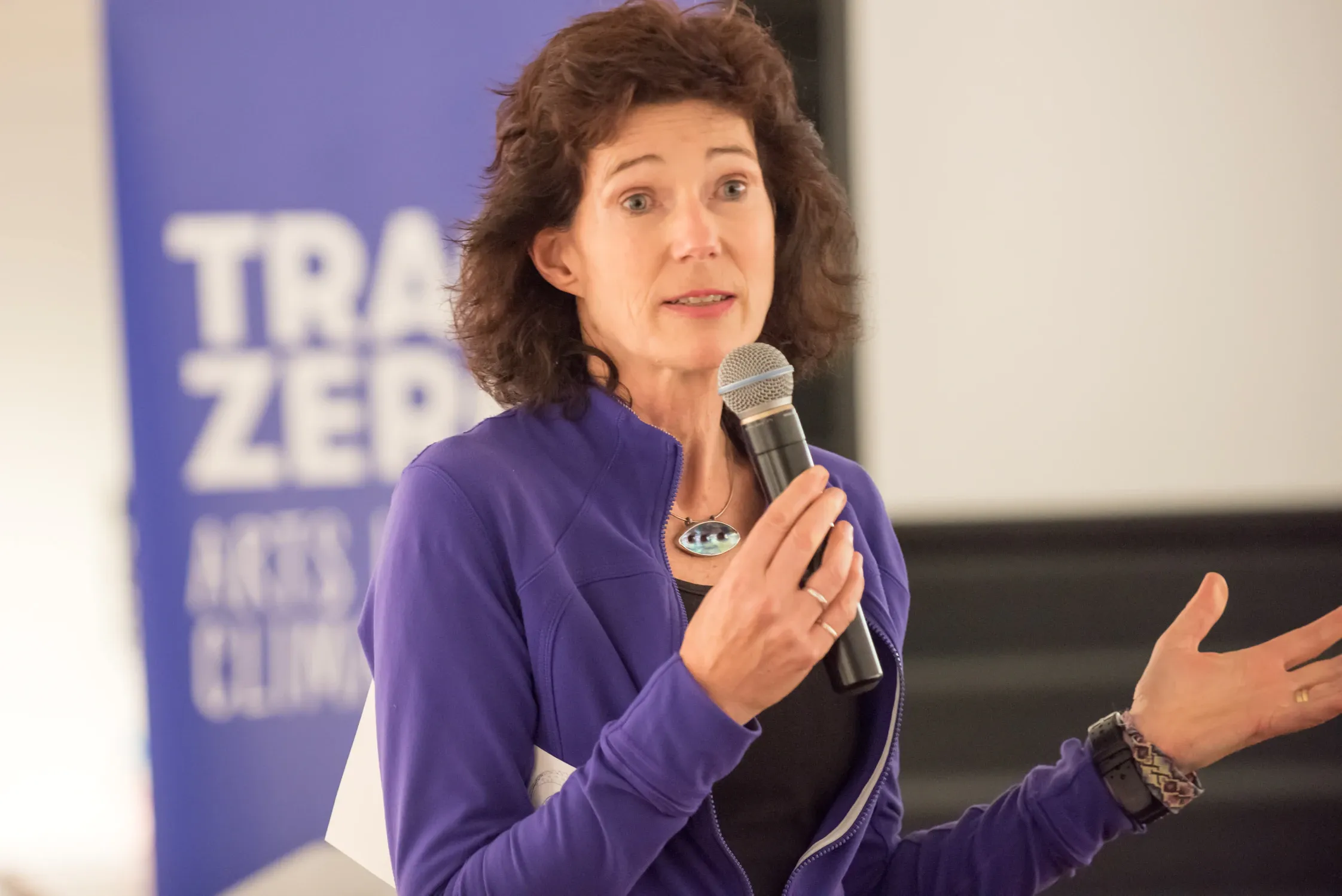
Sarah Meads. Photo: Track Zero.
For Meads, meaningful change means “shaping an inclusive, resilient future where we use imagination and creativity for problem-solving and not just accepting current ways we do things -like [Joseph said] learning to unthink and being open to new ideas.
“Francis Whitehead said that artists don’t think outside the box - for them, there is no box” Meads continues. “For her, change means an opportunity to create space for more voices, different ways of thinking and asking whether or not we are creating a better world for all.”
Upon reflection, Meads has five takeaways from the original lockdown “that we can apply to all other injustices and crises.”
- Community spirit “we feel more connected - we’re a team of five million”
-We’re more connected to our backyard - “people are growing food and sharing with their neighbours”
- We are resilient and listening to scientists
- Commitment to healthy communities
- We have realised the power of collective action - “now is the opportunity to reset and not go back to normal. By doing that, we are creating a better future for our children and future generations.”
“Some [Climate change scientists] believe there is a huge opportunity from COVID,” says Mead, ”it has created a galvanising movement. Scientists are similar to the way artists work. They research and reflect deeply. They want to explore new things and communicate in ways that people connect with - it’s good to collaborate to solve big problems.”
For Track Zero, this means merging work with scientists and artists to promote emerging talent, events and applied research. “We worked on a piece which asked ‘what if climate change was purple?’” recalls Mead. “It makes climate change more tangible and audiences could feel more empowered to do something about it. By bringing artists and scientists together, we are reaching different audiences and helping them feel more connected and part of a community who care about creating a better future.”
Diversity: no debate
“Connect, create and collaborate are the philosophies at the heart of Black Creatives Aotearoa,” said Joseph, who has a keen interest in developing works by Black and PoC (People of Colour) creatives. She has worked extensively in the United States, United Kingdom, China, Mexico and across Aotearoa.
“With COVID and the Black Lives Matter movement, so many different things come up for different people. But at the heart is a desire [by our creatives] to share their resources, talents and strengths and see others using it on their path and supported towards more enjoyment and more fulfilling careers - whatever that may be.”
For Black Creatives Aotearoa, creativity is broad. “Everyone is creative - we have entrepreneurs, makeup artists, hair braiders, healers, poets, actors. We want to continue to
to be able to share in ways that are meaningful and resourced,” she continues. “We will continue to grow and represent and create space. Black people have always been black people; we can't take off the skin we are in. But since Black Lives Matter, people want to understand different perspectives - it’s only now that our markings of who we are have come under a worldwide microscope that we want to have a kōrero.”
Like many in previous PANNZ hui, Joseph champions changes to diversity policies because they “flummox and frustrate [her]. It is heartbreaking that when diversity funding became available that people of Black, Caribbean, African, Middle Eastern and Latin descent were not invited to the table - let alone participate,” she says.
“I also question when projects are greenlit and not run by or have people of ‘other others’ in leadership roles - so when People of Colour or Black Creatives are part of the ecology but substrata, how are these projects actually enabled to be successful at a level that supports community and the development of an artistic ecology?” queries Joesph.
Black Creatives Aotearoa is currently showing Black Out, where 13 Black Creatives talk about COVID-19, creativity and the Black Lives Matter movement. The behind the scenes team is made up of six black creatives. “It’s the first time that they are not the token black person in a project - where they can bring all of themselves,” said Joseph. For those who might be interested in supporting Black Creatives Aotearoa’s kaupapa, Joseph said that “resources are key - time, effort, energy - not just money. Our creatives are keen to contribute to Aotearoa’s wellbeing and economy.”
Progress - if not now, then when?
Relating back to Black Creatives Aotearoa’s ecology of people, Brown was reminded of the disability slogan “nothing about us without us - I want to see an ecosystem of disabled artists.
“People had to experience Criptime during lockdown and it was difficult to hear non-disabled people [complain about being at home] - my home is my world,” said Brown. But this was followed by “lightbulb moments - people think they’re discovering new things and Columbusing. But the thing is, disabled people have knowledge and a community [non-disabled people] can learn from. We’re already super mobile, flexible and often work from home - it would be exciting if we could shift and change that mentality to help grow the arts infrastructure and ecosystem.”
While change amongst ourselves and our communities is vital and welcomed, a shift in leadership is vital in moving forward.
“We need to change where we look to for leadership,” said Joseph. ”Creativity is valued when everyone is on equal footing. However, I’m not sure if the same equality is displayed within institutions when the majority of people believe in prehistoric ways of doing that they continue to perpetuate.
“There needs to be a constant re-evaluation of the power and privilege associated with leadership that certain people take for granted...having one voice is not enough, there needs to be more of us in the room to share kōrero when and how we wish…. [if there are not] open spaces where people can say what they have to say or develop their voice, we won’t go far - we need to lean in and do some deeper listening.
“True leadership means to step up and step aside to give each other platforms. That supports building capacity and capability for our community from an economic perspective. To create a space where others have opportunities to define their own success and create growth on our own terms in our own time within our own communities.”
It was a point Mead agreed with. “We don’t have to look at traditional figureheads - leadership comes in many aspects. Look at young people like Greta Thunberg - an articulate young person concerned about the future of the world...we need to be more inclusive, to look at evidence and do what we can as individuals, as communities or as organisations with our policies.”
The power to make these monumental shifts lie within us.
“Naomi Klein said we can choose to look away or fully engage. It’s human nature that fully engaging can seem overwhelming,” said Mead. “But we need to re-engage in ways that take care of ourselves and that connects with others. We need millions of people to make transformative action.
“We are more powerful than we think. The choices we make do make a difference at home, in our communities and organisations. Our collective powers and actions are greater than you think.”
To watch a replay of this PANNZ Hui - click here.
PANNZ presents a new online Track Zero series, exploring the powerful role arts and culture can play in climate change. The first of the six-part livestream kōrero - Arts and Climate Innovation - is Wednesday 19 August at 7pm NZT. Click here for details.
